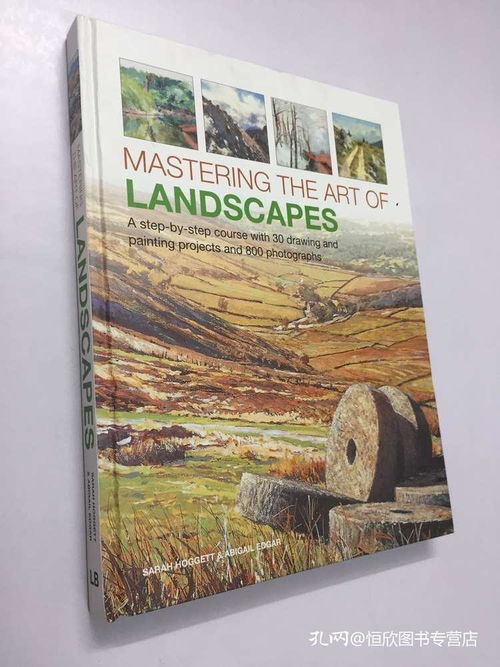Content:
Fishing is an ancient and beloved pastime that requires a blend of patience, skill, and a bit of luck. One of the most crucial elements of successful fishing is the art of crafting the perfect bait. Whether you're a seasoned angler or a beginner, understanding how to make your own fish饵可以 significantly increase your chances of catching that big one. Here's a comprehensive guide on how to improve your fishing技巧 through the selection and preparation of effective fish饵.
Understanding Fish Behavior
Before delving into the specifics of bait preparation, it's essential to understand the behavior of the fish you're targeting. Different species have varying preferences when it comes to food, so knowing what your fish likes to eat is the first step towards success.
Research Your Target Species: Look into the natural diet of the fish you want to catch. This information can often be found in local fishing guides or by asking local anglers.
Observe the Environment: The type of water you're fishing in (rivers, lakes, oceans, etc.) can influence what bait works best. For instance, freshwater fish may prefer live bait like worms or minnows, while saltwater fish might go for lures or artificial baits.
Choosing the Right Bait
Once you know what your fish prefer, it's time to choose the right bait. Here are some popular options:
Live Bait: Live bait such as worms, minnows, leeches, and crayfish can be highly effective. The key is to keep the bait alive and fresh as much as possible.
Artificial Bait: Artificial baits like lures, spinners, and jigs can be great for attracting fish that are suspicious of live bait. They come in a variety of colors, shapes, and sizes to mimic different prey.
Natural Debris: Sometimes, natural debris like twigs, leaves, or grass can be effective. These can be used as natural baits or as part of homemade concoctions.
Preparing Your Bait
Once you've chosen your bait, it's important to prepare it correctly. Here are some tips for different types of bait:
Live Bait: Keep live bait in a well-aerated container filled with water. For larger fish, consider using a live bait well.
Artificial Bait: Make sure your artificial baits are well-maintained. Keep them sharp and free from damage. If you're using lures, consider painting them with a UV lure paint to increase visibility in the water.
Natural Debris: For natural debris, ensure it's clean and free from any sharp edges that could harm the fish or you.
Crafting Homemade Baits
If you're looking to craft your own baits, here are some effective homemade bait recipes:
Worm Bait: Mix bread crumbs, fish oil, and honey to create a paste that can be used to bait a hook.
Grasshopper Bait: Tie a grasshopper to a hook using fishing line. The wriggling movement can be very effective.
Mushroom Bait: Use a mushroom like a stinkhorn to attract fish. The smell can be irresistible to some species.
Fishing Techniques
Once your bait is ready, it's time to apply the right fishing techniques:
Timing: Fish are more active at certain times of the day. Early morning and evening are typically the best times to fish.
Location: Find areas where fish are likely to congregate, such as near rocks, logs, or vegetation.

Rigging: Properly rig your bait and leader to ensure a smooth presentation and minimize the risk of breakage.
Patience: Wait for the fish to bite. Be patient and don't pull the hook out too quickly.
Practice: Like any skill, fishing improves with practice. Spend time on the water to refine your techniques.
In conclusion, mastering the art of fishing involves understanding fish behavior, selecting the right bait, preparing it effectively, and applying the right techniques. By taking the time to craft your own baits and perfect your fishing skills, you'll be well on your way to a successful fishing trip. Remember, the joy of fishing is often found in the experience itself, so take your time and enjoy the process. Happy fishing!












